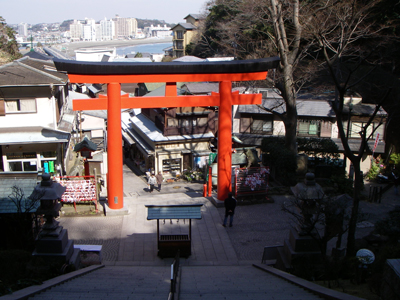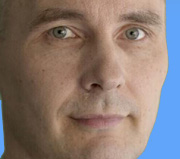VIPP symposium 2010: Seeing Red, final day 21.1.2010
Wednesday, December 23rd, 2009Speakers’ presentation notes and related discussion forums can be found at:
http://lemill.net/community/groups/vipp-workshop-and-symposium-2010-seeing-red
Moderator: Suvi Kitunen
09.30-10.00 Opening by Antti Raike and Suvi Kitunen: Practical issues (wlan, webcasting etc.)
10.00-10.30 Kirsikka Vaajakallio: Designing with colours
Kirsikka will ground her presentation to her personal experiences as being a color blind person in the color coded world. Thus the presentation will highlight the “users” perspective instead of the designers’ view and try rather to promote discussion than provide academic knowledge.
10.30-11.00 Discussion: How to select the colour chart for the interface
11.00-11.30 Sonja Iltanen-Tähkävuori: Colours, aesthetics, and values
Values are connected to the visual elements of products in at least two ways: designers’ values may become visible in the products, and visual elements may have consequences that raise ethical questions. In this presentation, design of patient clothing is discussed from these perspectives.
11.30-12.00 Discussion: Colours and values
12.00-13.00 LUNCH
13.00-13.30 Akira Sano: Computer Vision (CV) and the future of imaging
Computer vision (CV) is a technology of recognition and analysis images by computers. If computer can watch and recognize images as human do, the possibility of imaging will expand dramatically. Especially in these days, Augmented Reality (AR) has a big progress. I will introduce CV and AR technology and applications, and show some applications which I made.
13.30-13.45 Discussion
13.45-14.30 Markku Hauta-Kasari: Applications of Spectral Colour Research
In my presentation I will introduce the spectral color research at the University of Eastern Finland from the application point of view. I will show industrial applications in which the spectral color is key technology to solve the color related task. Also the research center called InFotonics Center Joensuu at the University of Eastern Finland will be introduced.
14.30-15.00 Discussion
15.00-15.30 BREAK
15.30-16.00 Lecture by Harald Arnkil: Colours in context
Colour exists only in context, but we are still able to name and conceptualize colour in our heads. How is this done and how accurately can we remember colours? Colour also seems to change constantly in juxtaposition with other colours and with changes in lighting, but we are still able to identify objects by their colour in widely varying situations. In order to fully understand colours’ relativity and constancy, we need to address human ecology and evolution.
16.00-16.30 Discussion
16.30-17.00 Conclusion by Jussi Lohijoki and Antti Raike: How to visualise the film post-production manual?
Registration: Join the LeMill group for Seeing Red
Read the paper of the final day before the fourth symposium session, please: Blue or Red? Exploring the Effect of Color on Cognitive Task Performances
Venue
- Aalto University School of Art and Design, Hämeentie 135 C, 00560 Helsinki
- Lecture room 386, 3rd floor, Department of Media (Media Lab)
- How to get in TAIK (map)


